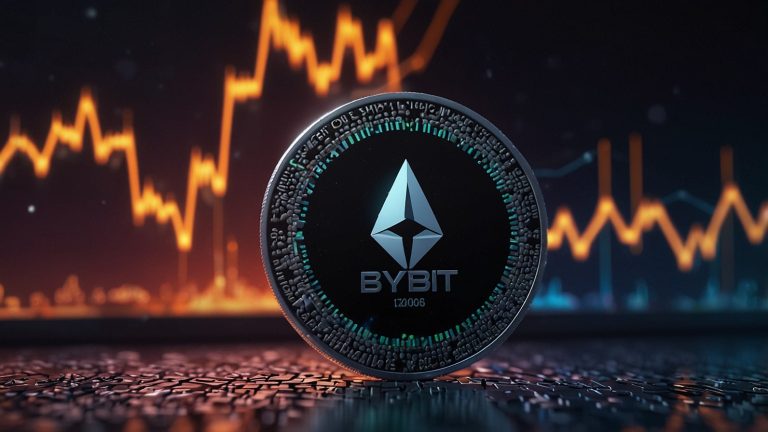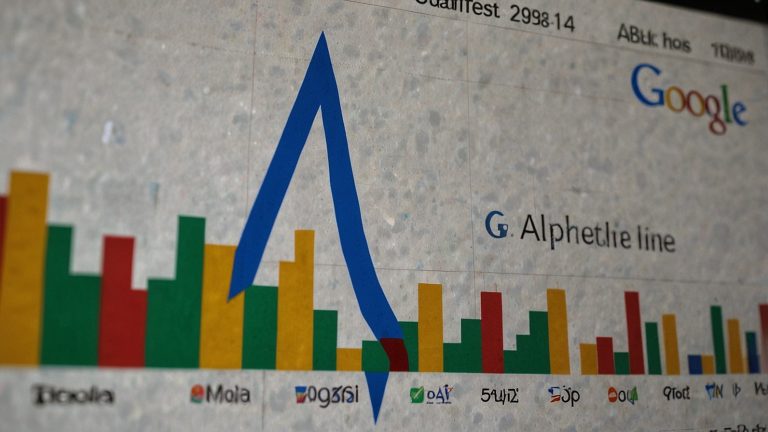If you’ve ever found yourself daydreaming about the latest smartphone, sleek laptop, or that gaming console everyone’s talking about, you know the struggle, gadgets aren’t cheap. Even a mid-range gadget can set you back hundreds of dollars, and balancing saving for wants alongside bills, rent, or other expenses often feels frustrating.
This is where Bitcoin comes in. Increasingly, people are using this digital currency to save more effectively for tangible goals, like their next gadget. Bitcoin isn’t just for techies or professional investors anymore. It has become a tool for everyday savers who want their money to work a little harder.
Why People Are Turning to Bitcoin
Bitcoin is helping people save for gadgets because it offers potential growth that traditional savings accounts can’t match. While savings accounts usually offer very little interest, even small monthly contributions to Bitcoin could grow into enough to buy a new gadget within months or a couple of years. The possibility of faster growth makes it a compelling option for those who want to reach their goals sooner.
Some people also monitor bitcoin to inr rates, particularly if they plan to buy gadgets from international stores or send crypto to relatives in India. Keeping an eye on this conversion allows savers to choose the best time to spend or transfer their Bitcoin, maximizing its value. This flexibility is one way Bitcoin helps people save efficiently for gadgets that might be sold abroad.
Additionally, seeing your savings grow digitally is motivating. Unlike money sitting passively in a bank account, Bitcoin allows savers to actively watch their contributions grow, which can turn saving into a rewarding hobby rather than a chore.
How to Start Saving in Bitcoin

The process of using Bitcoin to save for gadgets is straightforward. First, choose a reliable platform or exchange, such as Coinbase, Binance, or Kraken. These platforms make buying Bitcoin simple, even for beginners.
Next, set up a secure wallet, which is where your Bitcoin will be stored. Security is key hence use strong passwords, enable two-factor authentication, and keep your recovery phrases safe.
Decide how much to invest regularly. Even $20–$50 a month can add up over time, especially if Bitcoin’s value increases. Tracking your Bitcoin holdings helps you see your savings moving toward your gadget goal. Regular contributions, combined with the potential growth of Bitcoin, make it a realistic way to accumulate enough funds for gadgets faster than traditional saving methods.
Turning Your Bitcoin Savings into Gadgets
So how does all this translate to getting actual gadgets? Suppose you save $50 a month in Bitcoin. Over a year, if Bitcoin’s value rises steadily, your contributions could grow enough to buy a new smartphone, tablet, or gaming console without touching your day-to-day budget.
Even with fluctuations, goal-oriented saving makes the process tangible. You’re not just investing blindly, you have a specific gadget in mind, which makes watching your Bitcoin grow more meaningful and motivating.
Some online retailers even accept Bitcoin directly, meaning you may not need to convert it to traditional currency at all. For international purchases, monitoring Bitcoin’s value ensures you spend wisely and maximize what your savings can buy.
In short, Bitcoin helps people save by combining regular contributions, potential growth, and flexible spending options, making it easier to turn digital currency into real-world gadgets.
Practical Tips for Everyday Savers
Saving for your next gadget doesn’t have to be complicated. By combining traditional savings strategies with careful Bitcoin investment, you can potentially grow your funds faster while staying in control of your finances. Here are some practical tips to make your savings journey more effective:
- Track your progress
Use apps to monitor Bitcoin’s value regularly. Many platforms allow you to set alerts for price changes, helping you identify the best moments to buy or spend your Bitcoin on your gadget. By keeping a close eye on your holdings, you’ll stay informed and make smarter decisions.
- Start small
Only invest money you can afford to lose. Bitcoin should be considered a supplement to your regular savings, not a replacement. Beginning with small amounts reduces risk while still giving you a chance to grow your funds over time.
- Diversify your savings
Don’t rely solely on Bitcoin. Keep part of your money in traditional savings accounts or other stable investments. This approach balances growth potential with financial security, ensuring you’re prepared even if the market fluctuates.
- Be patient
Bitcoin’s value can swing dramatically in short periods. However, if you’re saving with a gadget goal in mind, short-term fluctuations are less important than long-term growth. Staying patient and consistent is key to reaching your target.
- Set clear goals
Define which gadget you’re saving for and establish a timeframe. Clear goals make your savings plan more tangible and motivating, giving you a concrete target to work toward rather than saving aimlessly.
Conclusion
Bitcoin is helping people save for gadgets by offering potential growth, flexibility, and an engaging way to track progress. Small, consistent contributions can grow over time, and monitoring Bitcoin’s value helps make purchases smarter and more predictable.
With patience, a clear goal, and a consistent saving plan, Bitcoin transforms from a digital experiment into a practical tool for achieving real-world rewards. Your next smartphone, laptop, or gaming console may be closer than you think, thanks to this modern approach to saving.














 Bitcoin
Bitcoin  Ethereum
Ethereum  Tether
Tether  XRP
XRP  USDC
USDC  Lido Staked Ether
Lido Staked Ether  TRON
TRON  Cardano
Cardano  Avalanche
Avalanche  Toncoin
Toncoin  Solana
Solana